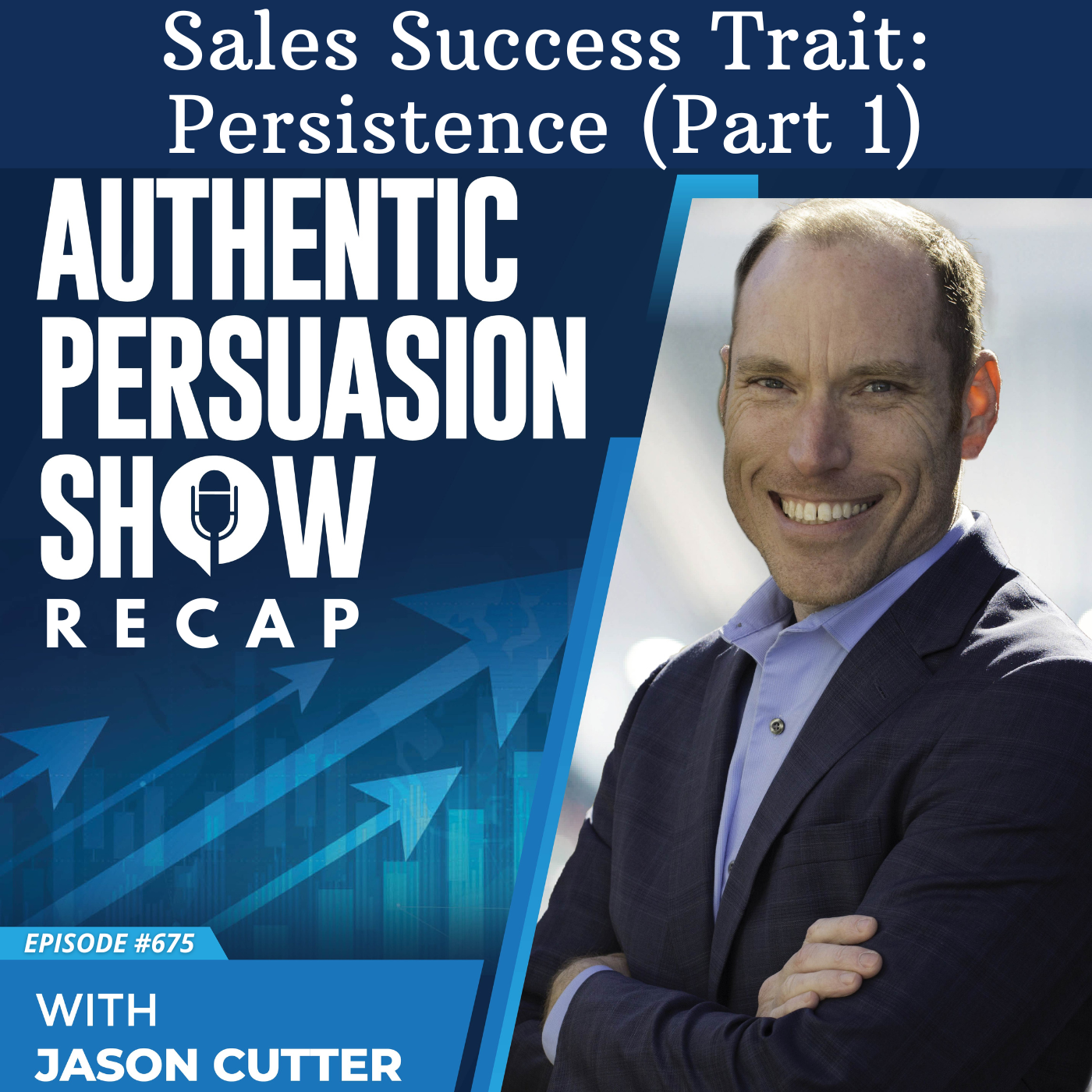Show Notes
There are two things I know:
- Inbound leads are valuable (and have a cost associated with them)
- Not everyone should be treated the same
If your company is paying for leads, buying calls, sending mail, running ads, or spending money on a website/SEO to drive interest, there is always a $$$ associated with each new inbound lead.
When those calls in you want to make sure they get the right attention from the right person in order to monetize that lead.
Most organizations give leads to all their salespeople equally.
But life isn’t fair, and not everyone has the same effectiveness with closing deals.
In this episode I share my experiences with setting up inbound call routing in order to win as a business.
(If you are in sales, listening to this, then it’s good to understand what your company values)
Episode 92 – Transcript
Hey there and welcome to the sales experience podcast.
As I continue to talk about sales technology, the tech stack, everything that could help you or your sales team with they’re closing rate and with your management of them. My name again is Jason Cutters, so glad that you’re here.
Please make sure to subscribe. If you have an art to the show, you can find it on iTunes, stitcher, Spotify. You can also find it on Sound cloud to listen to or download Google play on the cutter consulting group.com website.
You can also go to LinkedIn and find episodes there and on the website you can find all of the show notes that transcriptions links everything that you need. This week, like I said, I’m talking about sales technology, the tech stack, which sounds very jargon, but really it’s anything that would help your sales team close more deals.
If you’re a salesperson listening to this, then the technology could be anything from a script that is printed and handed to you or objections all the way through automated dialling systems, power diallers, CRM, AI, that’s listening to calls and transcribing things automatically to help your manager coach and anything along those lines.
Lions is in the tech stack realm. For today’s episode, I’m going to talk about inbound call routing. If you work at a call centre or anywhere where there’s inbound leads, the company is paying for marketing.
They’re either got their website, their SEO, they’re paying for pay per click or there running ads or they’re buying leads, they’re buying transfers, and they’re buying phone calls or anything like that. They’re sending direct mail.
There’s an inbound call that comes in. If you’re a manager of this organization, you know that when those calls come in, you need them answered. However, what you also need is for them to be answered by the right person at the right time.
Now we live in a world, and this isn’t true for everyone, but in general, we live in a world where everyone feels entitled and enabled such that everyone should get a trophy.
Everyone should be treated the same, and a lot of salespeople, I’ve seen again, been doing this for a very long time. I see a lot of salespeople, yeah. Who think that everyone should have the same at bats, the same experience, the same opportunities, and fundamentally that’s not what is best for your organization, for your company.
It’s not ideal to give everybody on your team the same level of inbound leads, the same number, the same quality, the quantity, whatever that is. That doesn’t make sense from a business perspective. If we make this analogous to sports, you would never run a sports team as a professional sports team.
We’re not talking little league here where everyone gets a chance and everyone’s treated the same. Everyone gets the same number of at-bats or playing time. We’re talking about a professional organization in sports, you would never treat everyone the same.
The goal is to win and you have different players on your team at different levels, different skill levels, experiences, different times when you want to bring them in to make the clutch shot or hit the a home run that you need or the best strategic play.
Not everyone on the team is the same and fundamentally everybody knows that if you are familiar with basketball number 12 on the bench does not in any way think they should have most of the playing time like number one on the team gets so they know that they understand it and if number 12 wants to be a number one either in this team or somewhere else, they know they’ve got to work harder, they’ve got to be better.
They’ve got to find a way to be more effective and helpful for the team such that they can move up to that point.
Yeah. [inaudible] when we’re talking about sales, it’s the same thing. A lot of organizations treat it like a democracy. Treat it like communism where everyone is given the same amount, the same rations of leads at the same time. And everyone is expected to just do the best that they can.
But again, you will always have different levels of performers on your team. You will have the top racket [inaudible] reps who close very well. You have the bottom bracket of reps that are not effective at what they do.
They’re absolutely just terrible at it. And that could be because they’re new and so they need some training and they’re working their way up, or they’re at the bottom and they’re performing bad, right? Because they’re on their way out. So maybe they’ve lost what they used to have. They’re in a slump and they’re on their way out.
Then you’ll have the group in the middle that are just average performers. They’re steady, they close the average amount that’s needed. Hopefully that’s profitable to the company, but generally it is or isn’t. Plus or minus every company is different. Every lead source can be different.
So when you have a new lead that comes in, if you’re paying for that marketing. So for example, I’ve worked in organizations where we’re paying for a call. That call is $50 a phone call. If I’m the owner, I’m paying for that lead and that call comes in.
Who do I want to give it to? Do I want to give it to someone at the top end of the bracket or the bottom end of the bracket for performance or even in the middle. If I could choose and fairness wasn’t my requirement for how I run my business or my sales team, who would I want that to go to?
Now of course you’re listening to this and you’re thinking, of course I want to get that to my top rep. I want to get the good Gary leads to the right person at all times so that they will close it. Now, in theory, you know this mentally you’re aware of this and fundamentally you would want this to happen.
However, either the technology isn’t there for you to route those calls that way or there’s the issue of fairness and the concerns of how the rest of the team are going to feel if you’ve got your priority. If you’ve got your top ones, if you’ve got your [inaudible] teacher’s pet, who you want to give the good leads to. Fundamentally, again, for the sake of the business, those sales have to be profitable.
There has to be a cost per acquisition that you’ve calculated and you know that based on each lead source, the cost of what that is, the marketing that goes into it of what it takes to have a profitable lead and so you want to make sure you get the right leads.
Now let’s get into technology. The first part, obviously from your side, it’s a cultural thing where everyone’s got to understand a, they’re not going to be treated fair, that the leads are going to come in and they’re going to be routed to the right person at the right time and you’re going to set those rules on what that right person looks like.
Then B, you’ve got to make sure that the culture, the group, the sales team always understands that there is a way for anyone to be at the top if they earn it. So it’s not a [inaudible] I’ve picked this one person and because they’ve been here the longest, they’re always going to get the good leads and there’s nothing you can do about it. [Inaudible] type of scenario.
But instead a performance based scenario where anybody could be at the top at any timeframe that you select and such, that makes it where the whole team has the ability to win or lose to be at the top or not.
And that’s really in their control, right? They have the chance to pull themselves out of a slump at any point and get themselves in the top. And if they’re at the top and they’re not performing, they could find themselves down in the middle or the bottom and not the priority for those leads. So you’ve got to make sure the culture side is set first.
Now for the technology, there’s many different things and keep in mind, this is not a paid product placement in any way. Nobody’s paid me to talk about this. I know that vanilla soft has some good software for call routing coming in. There’s a lot of different ones out there that works well for me.
What I have built or had built in the past. [inaudible] is a tiered waterfall system and so what you want, no matter what technology you’re looking at or you want to have built for your phone system, whether it’s [inaudible] five nine or ring central, Vantage, whatever it is that you’re using plus your CRM is you want to make some kind of tiered waterfall system.
So what does that look like? Well, waterfall means that your reps are ranked from top to bottom and if you imagine how waterfall works, the lead is going to come at the top of the waterfall and it’s going to trickle down through the list of your reps based on your rules that you have and who’s available.
So obviously what you want is the top rep is going to be in number one spot and as the lead comes in, it would go to them. Now if they are not available, if they’re on a phone or they’re out, whatever it is, yeah. Then that call would then go to number two and then go to number three and go down the waterfall of reps, the down the list of priorities until it finds somebody that’s available.
Now keep in mind the goal is not to just give the leads to the top reps and ignore the bottom reps if you’re paying for inbound leads, if you’re anything like my experiences that I’ve had at various companies.
Yeah. The last thing you want to have happen is for the call to not get answered at all, so you would rather have rep number a hundred answer that call. Then it’ll go unanswered if you’re going to pay for it.
However, there’s 99 people ahead of that one rep that you would want to answer it prior to them if you had a choice [inaudible] the key is to have a tiered waterfall list as how they go through in the priority. You want your technology to be constantly updating that and then you want to make sure with that technology that it’s capable of doing it in whatever time frame that you have.
Then it’ll go unanswered if you’re going to pay for it. However, there’s 99 people ahead of that one rep that you would want to answer it prior to them if you had a choice [inaudible] the key is to have a tiered waterfall list as how they go through in the priority. You want your technology to be constantly updating that and then you want to make sure with that technology that it’s capable of doing it in whatever time frame that you have.
Most sales organizations that would use this kind of effect? Yeah, are playing either a daily, a weekly or a monthly game. So if you’re playing a daily game where a rep can close so many deals in a day and you know, if it was a successful day based on the number of calls they took today and the number of deals they close today, whether it was new leads or pipeline leads, then you want to make sure that that resets daily.
Do you want to give everyone a new chance tomorrow to be somewhere in the stack based on how they’re doing? So there’s that fair shot. If your sales cycle, if your process is more of a weekly or a monthly game, then you want to reset that waterfall ranking on the weekly or the monthly.
Now, ideally, and this is what I’ve had built in the past, is you want to actually have it where it’s live. If there’s some way to adjust your tiered waterfall live in the moment, so rep takes a call, [inaudible] rep closes that sale.
Then they’re going to be at the top and there’s some kind of weighted system that calculates the number of leads that they’ve taken versus the number of sales. What’s expected, gives them some kind of point total and then that point is what setting your waterfall. That’s how you want to build it.
Hopefully that helps with this. Remember, not everyone is the same. Don’t treat all of your reps the same and if you’re a salesperson listening to this, you’re thinking, wait a second, I want to be treated the same. I want to be given the good leads.
It’s always up to you how hard you work, how effective you are, how much time and effort you put into your craft and being a professional while at work and outside of work will determine where you end up in that structure and that hierarchy.
It’s all about performance. It’s all about results. If you’re not happy with the leads, you’re getting the number, the quantity. Then take a look at yourself and your performance and then figure out how you can get there with help or on your own.
For managers out there, make sure to set up that tiered waterfall best to do it from top to bottom as live responding as possible relative to the number of calls they get in the timeframe that makes sense for your business. And if you have any questions about this. Yeah.
Do you want to talk about how to set it up? I can give you some advice and some pointers if you want. You can find [email protected] you can go on there to fill out the form. You can always email [email protected] or you can find me on LinkedIn.
Always, remember that everything in life is sales and people remember the experience you gave them.
![[E92] Sales Tech Week: How to route your inbound lead calls](https://episodes.castos.com/salesexperiencepodcast/images/TSEP-Cover-Sales-Tech.png)


